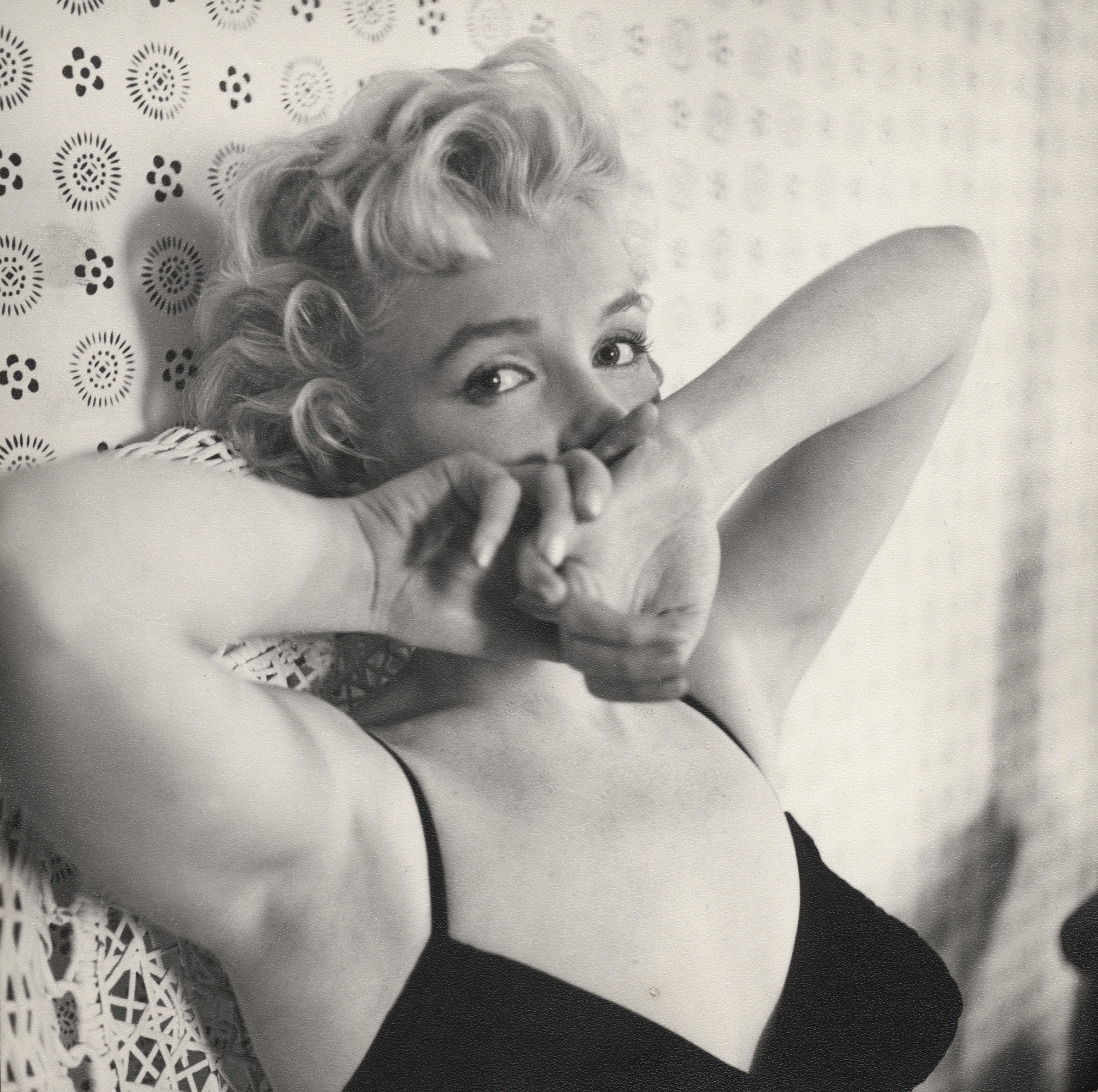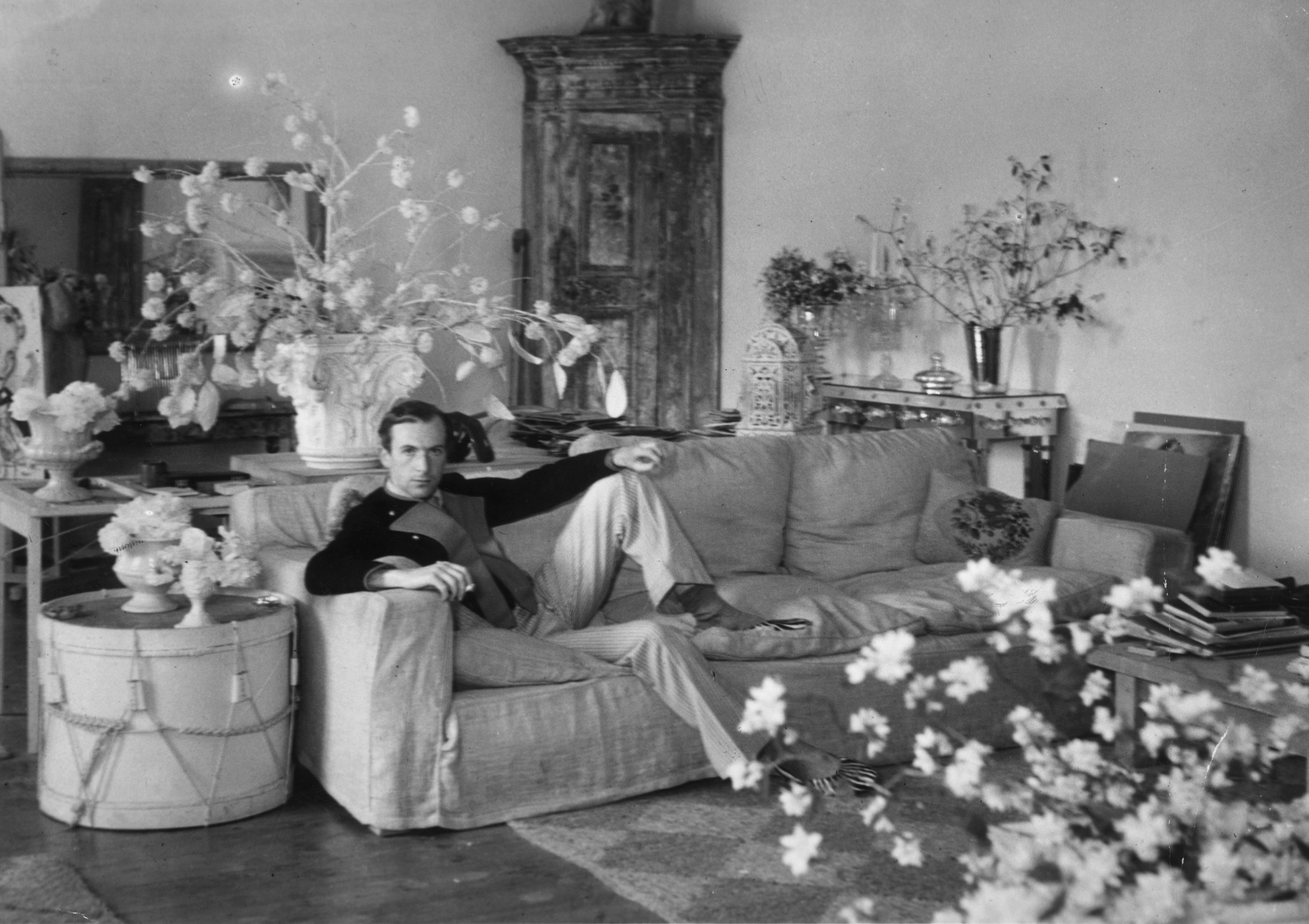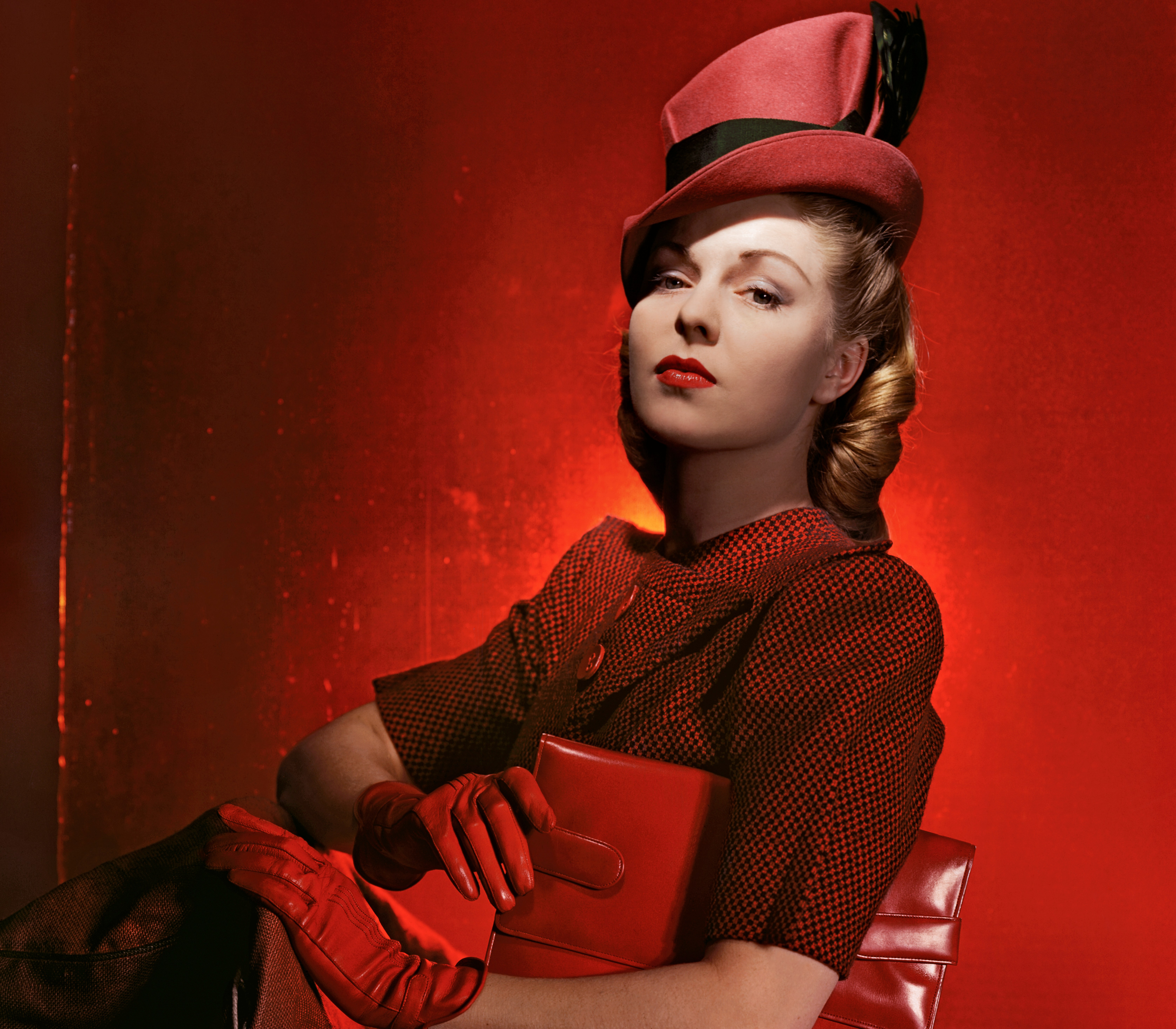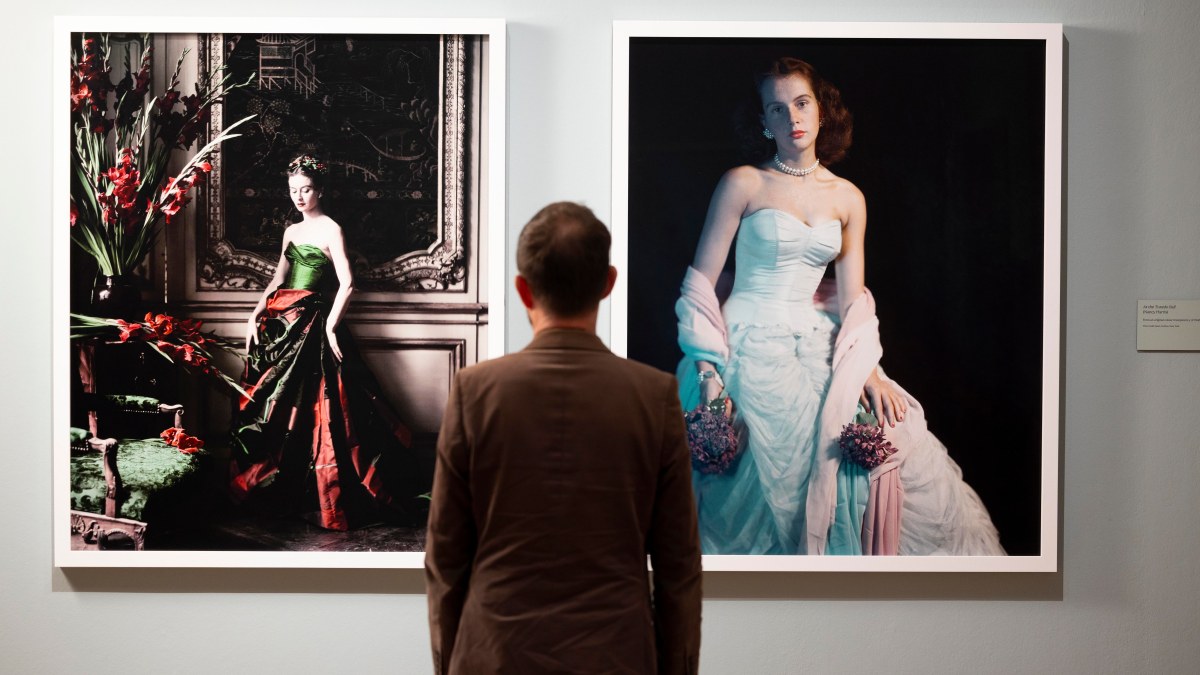The glamorous spaces that Cecil Beaton photographed were not mere backdrops but stages — from the cascades of flowers to bibelots, polka-dot drapes, mirrored panels and more — all as meticulously dressed as the socialites who posed within them.
Beaton’s signature display is now on show at the National Portrait Gallery. Cecil Beaton’s Fashionable World traces the years from 1922 to 1956, from the Edwardian stage portraiture of his early childhood to elegant surrealism; the pared-back wartime commissions and postwar pomp.
Born in London in 1904, Beaton shot to fame with his era-defining portraits of the Bright Young Things, the high-society hedonists of the 1920s and 1930s, whose bohemian lives were immortalised in his schoolmate Evelyn Waugh’s novel Vile Bodies.
Described as the King of Vogue (he started working for the magazine in 1927) Beaton was said to be charming, vain and vivacious all at once, declaring: “If you wish to attempt any definition of me as a photographer, you might say that I am a photographer of the fantastic.”
• This Cecil Beaton exhibition is a floral sensation
When Robin Muir, the exhibition’s curator and a Vogue contributing editor, first flicked through Beaton’s archives not long after his death in 1980, it felt as if “he belonged to another world, an age of elegance vanished”.

The Wonder of the Age (Marilyn Monroe), 1956
CECIL BEATON ARCHIVE/CONDE NAST
Cecil Beaton’s Fashionable World has been many years in the making, displaying what Muir describes as “relics from history showing the patina of age and all the better for that. I hope I have [achieved the idea] that fashion pictures, so often considered ephemeral and disposable, can be seen as fascinating and as relevant to the history of 20th-century cultural life as his portraits, which to be fair, have stood the test of time in more visible ways.”
Beyond those glitzy images of Audrey Hepburn, Marilyn Monroe and a young Queen Elizabeth II, one of the most striking pieces in Cecil Beaton’s Fashionable World was taken in 1948: Vogue models in sumptuous Charles James gowns luxuriating within the interior of French and Co, New York, the room’s opulent plasterwork and mirrors framing each movement.

Beaton in the living room of Ashcombe, 1934
SASHA/HULTON ARCHIVE/GETTY IMAGES

Beaton in the circus room of Ashcombe, with murals by Pavel Tchelitchew, Rex Whistler, Oliver Messel and others, 1934
SASHA/HULTON ARCHIVE/GETTY IMAGES
Apart from Beaton’s depictions of British and American creative scenes, he went on to take photographs for the British Ministry of Information during the Second World War and later capitalised on the postwar appetite for elegance, launching a career in set and costume design in the 1950s, scooping Oscars for My Fair Lady and Gigi. He also flexed his creative muscle as a social caricaturist, writer and gardener as well as having a huge influence on interior design.
“We devote a small section to his two country homes, both in Wiltshire. He turns Ashcombe into a paradise for his friends, the leading lights of the Bright Young Things, to enjoy themselves in the seclusion of the most beautiful of English countryside,” Muir says.

Reddish House in Broadchalke, Wiltshire, was home to Beaton from 1949 until his death in 1980, after he lost Ashcombe
CECIL BEATON ARCHIVE/CONDE NAST; GETTY IMAGES
“His ‘circus’ bedroom was an extraordinary expression of individual tastes and has rightly gone down in interior design history as a landmark of early 20th-century taste, extravagant though it certainly was. At Reddish House, near Salisbury, which succeeded Ashcombe, he welcomed guests as diverse as Truman Capote, Francis Bacon and Greta Garbo.
• The best artists’ gardens to visit, from Cecil Beaton to Claude Monet
“Garbo, an exacting guest to say the very least, stayed for five weeks in 1951 and made herself firmly at home. If you are lucky enough to visit Reddish today, you will see it is under the custodianship of dynamic, far-seeing owners who have fully embraced the heritage of the house they own, while making it a family home and very much their own space. Cecil would most certainly approve of their taste.”

CECIL BEATON ARCHIVE/CONDE NAST

CECIL BEATON ARCHIVE/CONDE NAST
In this exhibition one can step into the Beatonesque interiors fantasy, an evolving ode to beauty that still influences the designers of today. The artist and designer Luke Edward Hall has often described Beaton as his ultimate aesthetic hero, so it is fitting that he has designed a 15-piece collection of homeware and accessories inspired by the show, dubbed Boy Wonder, which lends its name to a section of the exhibition.
• Inside fashion designer Harris Reed’s showstopping London flat
“Beaton was such a creative force, working across so many disciplines,” Hall says. “I love not only his photography, but also his illustration, book cover design, interiors and writing. He was a real visionary. He was also a romantic, dedicated to recording and creating beauty, with a very singular vision.”

Luke Edward Hall has designed a 15-piece collection of homeware and accessories inspired by the show, dubbed Boy Wonder
Hall’s illustrated roses adorn silk scarves (“flowers were such a constant in his work, so it felt right to include them”) and a cardigan, while he interprets Beaton’s self-portraits as black-and-white faces on tea towels and cushions, perhaps belonging to “Beaton’s glamorous circle of friends at a fabulous London party”. “The design repeats illustrated faces, inspired by a 1927 Beaton self-portrait created with multiple exposures, where Beaton appears several times in one photograph.”
Ed Simpson, the buying manager at the National Portrait Gallery, adds: “Luke’s way of working adds a fresh perspective to Beaton’s legacy.” For those wanting to take home their own slice of Fashionable World, the accompanying collection includes pieces depicting one of Beaton’s illustrations for Vogue in 1937, Harrison and Mona Williams at Home in Palm Beach, as well as riffs on his multilayered aesthetic courtesy of a ceramic swan vase by Agata Bogacka and glassware by Vintage List.
Cecil Beaton’s Fashionable World is at the National Portrait Gallery

